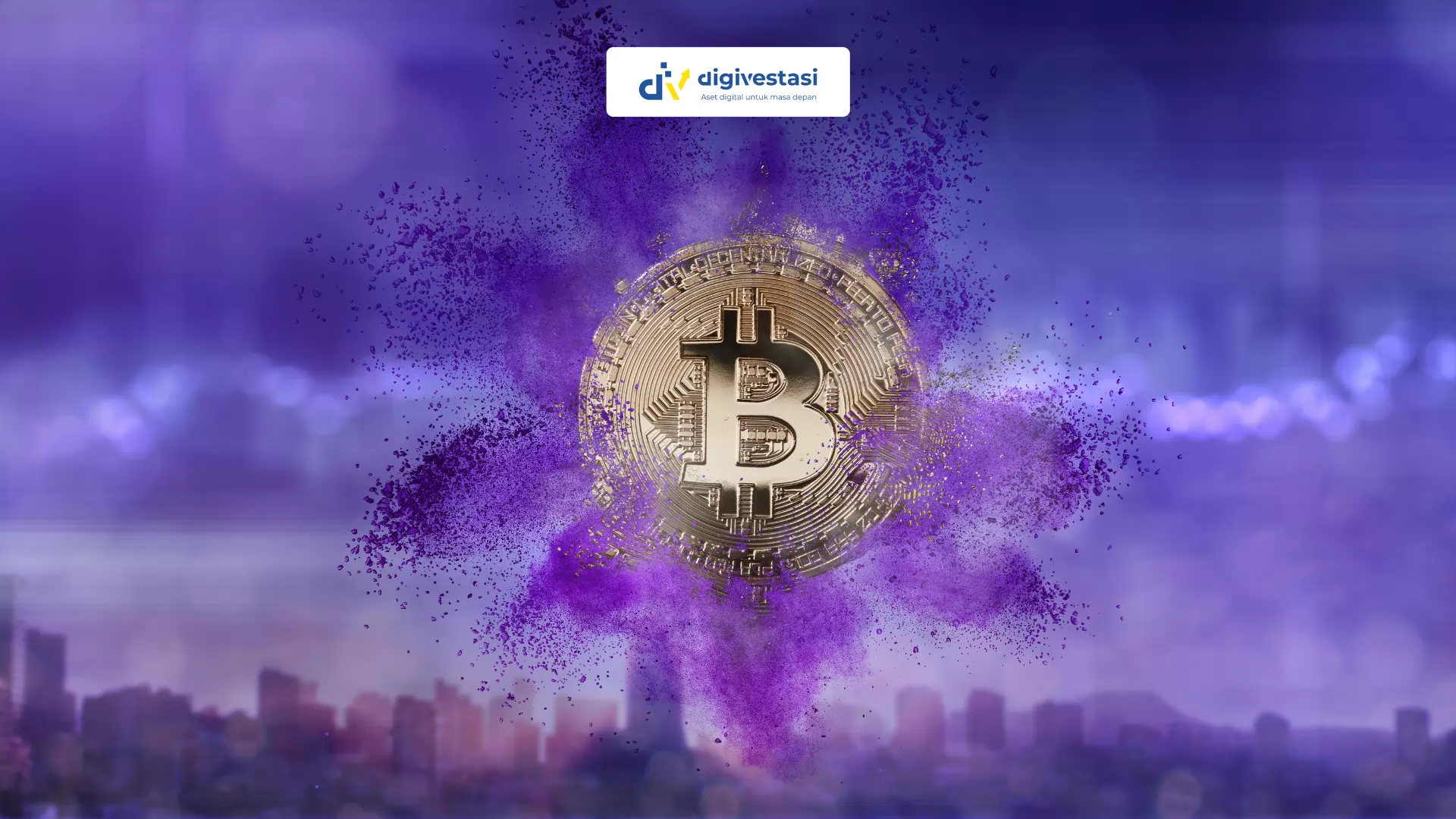
Bussiness | Economy
Bank Indonesia Chief Reveals: Indonesia's E-Commerce Digital Transactions Hit Rp4,500 Trillion!
/index.php
Crypto News - Posted on 30 October 2025 Reading time 5 minutes

Why Can Bitcoin Prices Surge and Suddenly Plunge? Here’s the Complete Explanation
Bitcoin’s price movements often appear dramatic within a matter of hours or days, the value of this asset can skyrocket or plunge sharply. What drives such extreme fluctuations? Below is an educational overview of the key factors that make Bitcoin highly volatile, as well as insights on how investors can better manage the risks that come with it.
Volatility, in financial market terms, refers to how much an asset’s price changes within a specific period. For Bitcoin, this volatility is not a temporary trait but an inherent feature.
Studies have shown that Bitcoin’s price volatility can be up to ten times higher than that of traditional currency pairs, such as the dollar against the euro or yen.
With such high volatility, Bitcoin’s price can change dramatically when the market reacts to major events whether they originate within the crypto ecosystem or from global macroeconomic conditions.
One of Bitcoin’s fundamental characteristics is its capped supply of 21 million coins. Since the supply cannot be freely increased, any change in demand directly impacts the price.
When demand surges for example, due to market hype or institutional adoption prices can rise sharply. Conversely, when demand drops, selling pressure can trigger a rapid price decline.
A major driver of volatility is market sentiment what investors collectively believe will happen next. News about new regulations, institutional adoption, or exchange failures can trigger emotional reactions, leading to mass buying or selling.
Regulatory changes, whether by a major nation or at a global scale, can spark massive market reactions. For instance, announcements of crypto trading bans or new tax regulations can quickly lead to panic selling or price collapses.
Although Bitcoin is the largest crypto asset, its market liquidity remains limited compared to global equity or bond markets. This means large buy or sell orders can move prices more significantly than in deeper, more liquid markets.
The growth of crypto derivatives such as futures, options, and perpetual contracts allows investors to use leverage to amplify their positions. However, leverage also magnifies risks. When prices move against expectations, forced liquidations of leveraged positions can trigger a domino effect, pushing prices even lower.
Bitcoin does not move in isolation. Although it is often seen as an “alternative asset,” global financial conditions strongly influence its price. Interest rates, inflation, currency fluctuations, and geopolitical events all contribute to Bitcoin’s price pressure.
On-chain data and miner behavior also affect Bitcoin’s market dynamics. For example, when miners sell large portions of their holdings to cover operational costs, selling pressure can increase. Meanwhile, active on-chain liquidity indicators can signal market movements that traders may respond to.
High Risk, High Reward:
Extreme volatility means that opportunities for large gains come hand in hand with the risk of significant losses.
The Need for Risk Management:
Using stop-loss orders, diversifying assets, and understanding margin and leverage are crucial strategies.
Long-Term Investment vs. Short-Term Speculation:
Many investors choose to “HODL” holding for the long term in hopes that the market stabilizes and Bitcoin’s fundamental value continues to develop.
Beware of Hype and FOMO:
Avoid getting carried away by market euphoria or fear of missing out (FOMO). Following the crowd can lead to losses if prices suddenly reverse.
Bitcoin’s sharp price swings are not accidental they reflect the inherent nature of the crypto market: limited supply, sentiment-driven demand, relatively low liquidity, and exposure to regulatory and macroeconomic factors. For the general public and prospective investors, understanding these dynamics is a vital first step to avoiding unprepared exposure to the risks of volatility.
What do you think about this topic? Tell us what you think. Don't forget to follow Digivestasi's Instagram, TikTok, Youtube accounts to keep you updated with the latest information about economics, finance, digital technology and digital asset investment.
DISCLAIMER
All information contained on our website is summarized from reliable sources and published in good faith and for the purpose of providing general information only. Any action taken by readers on information from this site is their own responsibility.